caterpillar guy
Well-known Member
These are the pictures from last nights discussion. If I did this right theres are 9 pictures. The small I-beams and side rail pictures are the vertical up with the welder set on reverse polarity DC 70 amp. The stake pocket pictures are the welder setting of AC 80 amp with vertical down.
The ones with the flat of the I-beam on top are the same setting as the first vertical up. And then the last should be the project as a whole. This is so you can see what the project is.
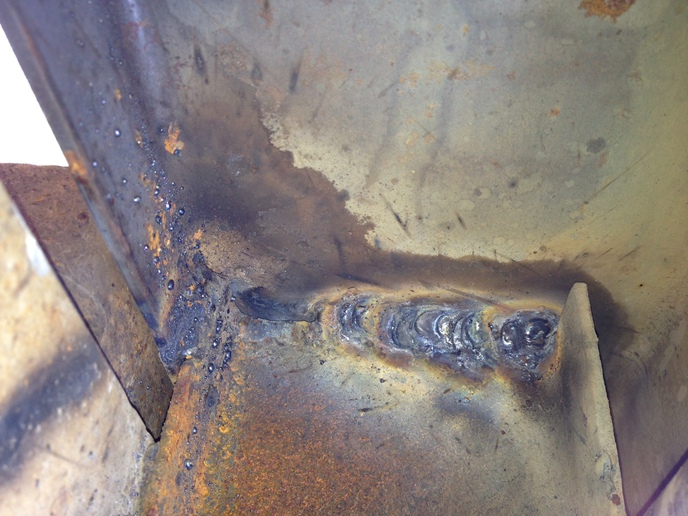
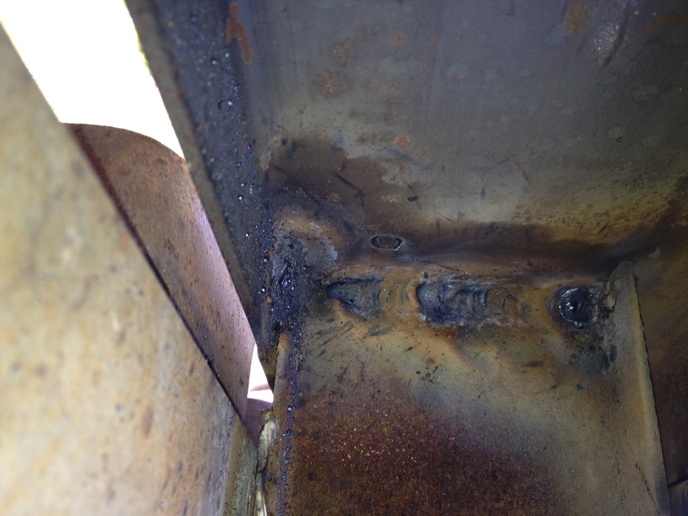
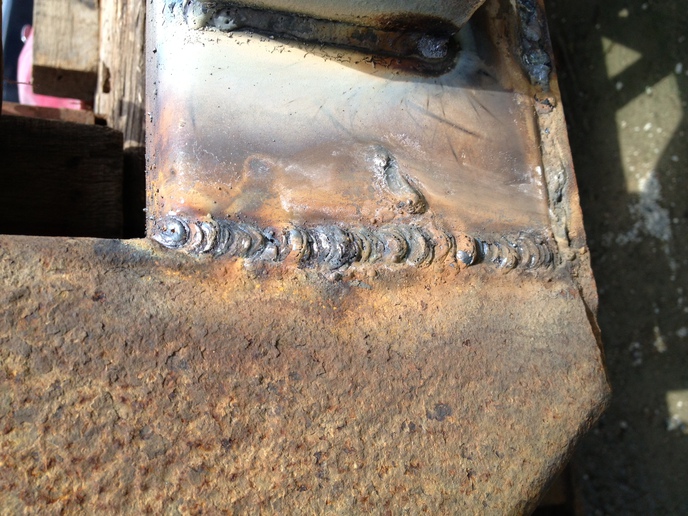
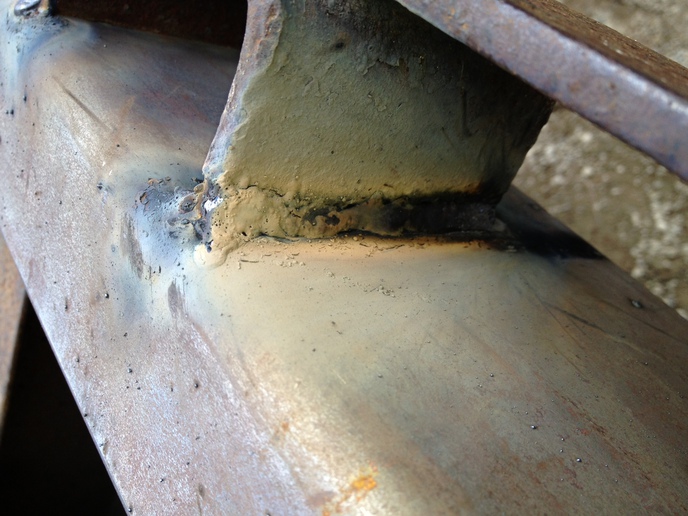
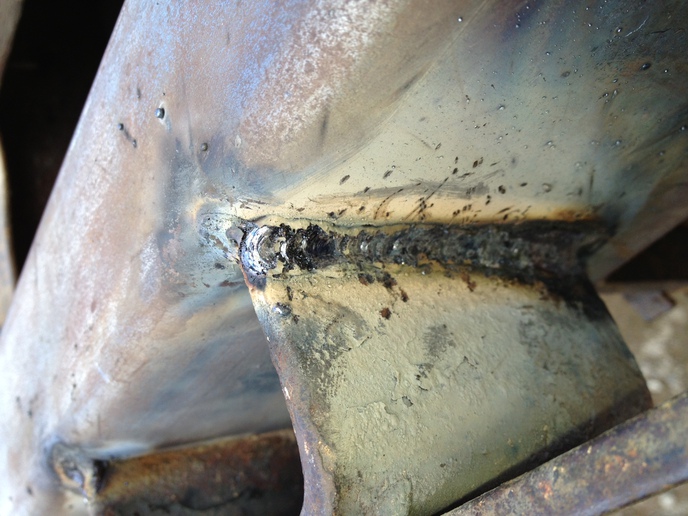
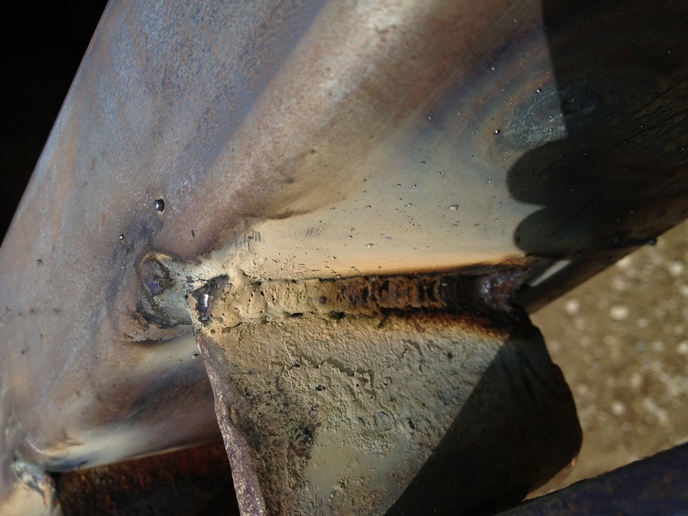
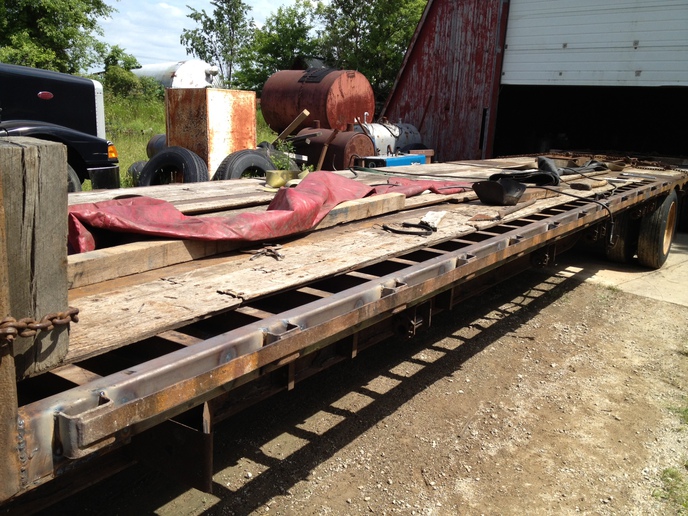
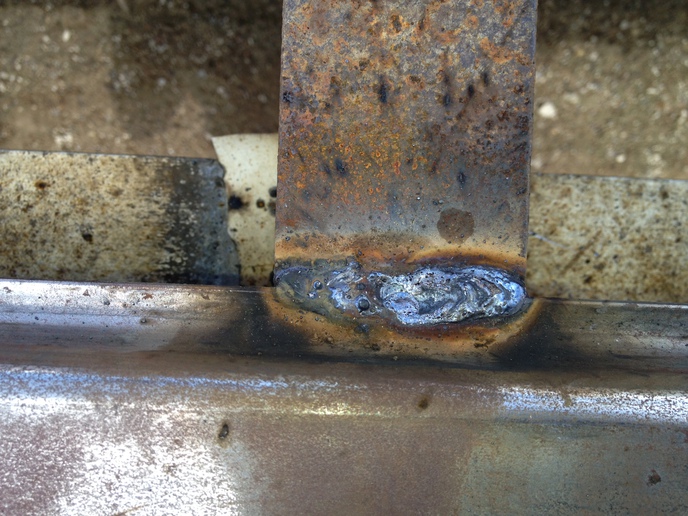
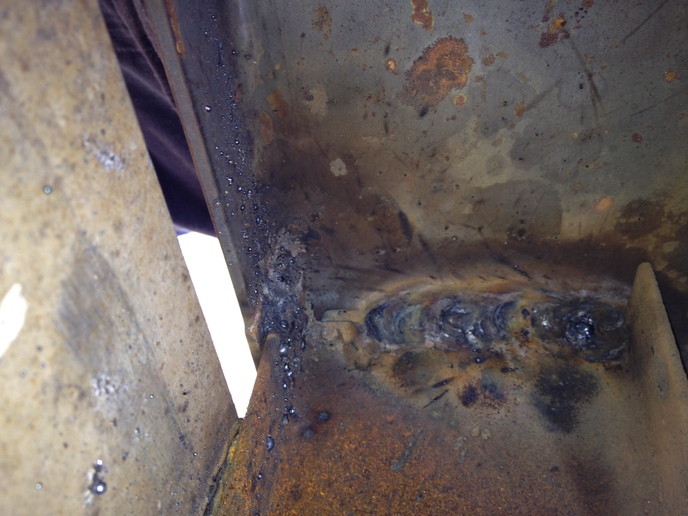
The ones with the flat of the I-beam on top are the same setting as the first vertical up. And then the last should be the project as a whole. This is so you can see what the project is.










